

School science visits since 2004!
– Curriculum-linked & award-winning incursions.
– Over 40 primary & high school programs to choose from.
– Designed by experienced educators.
– Over 2 million students reached.
– Face to face incursions & online programs available.
– Early learning centre visits too!
What is happening?
You created a loop!
Whilst you cannot change the area of the business card, you can very much change its perimeter. By making your alternating cuts really close together you maximised the length of your loop. As long as there was enough of the business card to hold together you can create a surprisingly wide loop out of not much material.
If you think about it, the shape with the smallest perimeter for its area is a circle. For every other shape, you get more perimeter compared to a circle, even if they have the same area. You can always add more perimeter to a shape by cutting it to get more length along it edge. The same thing works in 3D too! A sphere has a very small amount of surface area compared to its volume, whereas a rectangular prism can have the same volume but is effectively more spread out and so you get more of a surface.
Applications
- Think about when you cook. If you add a whole onion to your soup, very little of the onion actually mixes through the soup as most of the onion is trapped inside the onion’s surface. If you chop up the onion, you get more surface area of the ion to mix though the soup to spread out that flavour.
- This works with heat too. If you need ice to melt, break it up! This gives more surface area for heat to enter the ice. Conversely, if you don’t want your ice to melt quickly, don’t break it up. This idea is used with heat dissipators on engines and radiators too, where you find that the metal is spread over a larger area using raised edges or tubes to allow air to get to as much of the surface as possible.
- If you want to dissolve a solid faster, spread it out as well! Try mixing sugar cubes vs teaspoon of sugar in some water… which dissolves first?
Variables to test
- How small does a piece of paper have to be before you can’t fit through it?
- Is there another way to cut the business card to produce the same result?
Can you predict how big you can make a piece of paper become using mathematics?
Working Mathematically
Years 3 to 6
Maximum 30 students
School workshop (NSW only)
90 minutes or Full Day
Online Class Available
STEM Full Day Accelerator - Primary
Designed from real classroom experiences, this modular day helps you create consistently effective science learning that directly address the new curriculum with easily accessible and cost-effective materials.
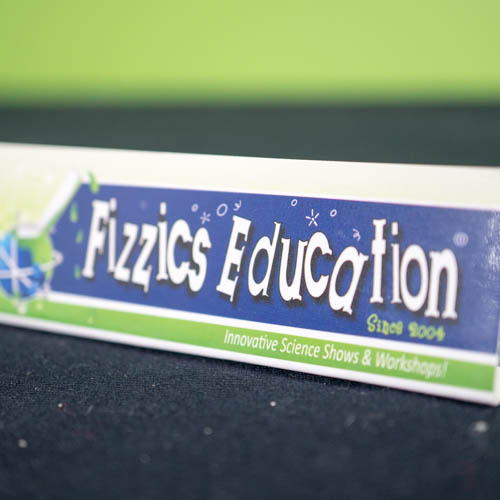
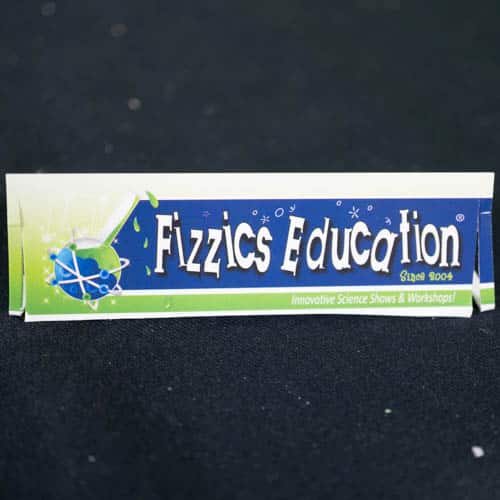
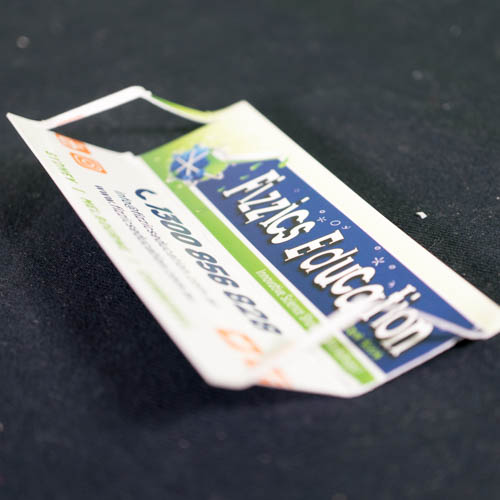
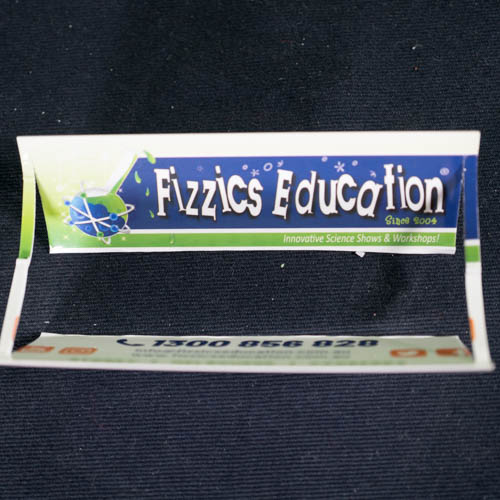
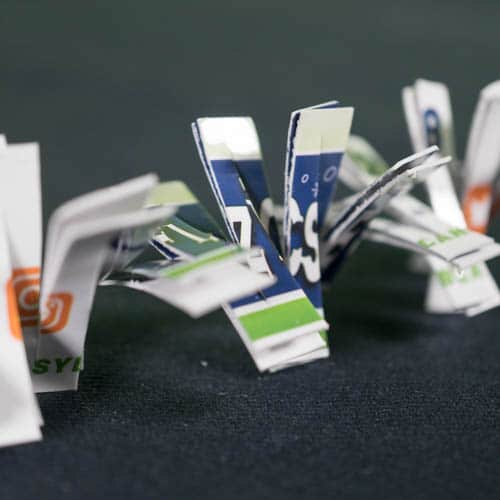


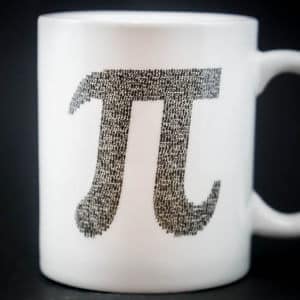
























Comments